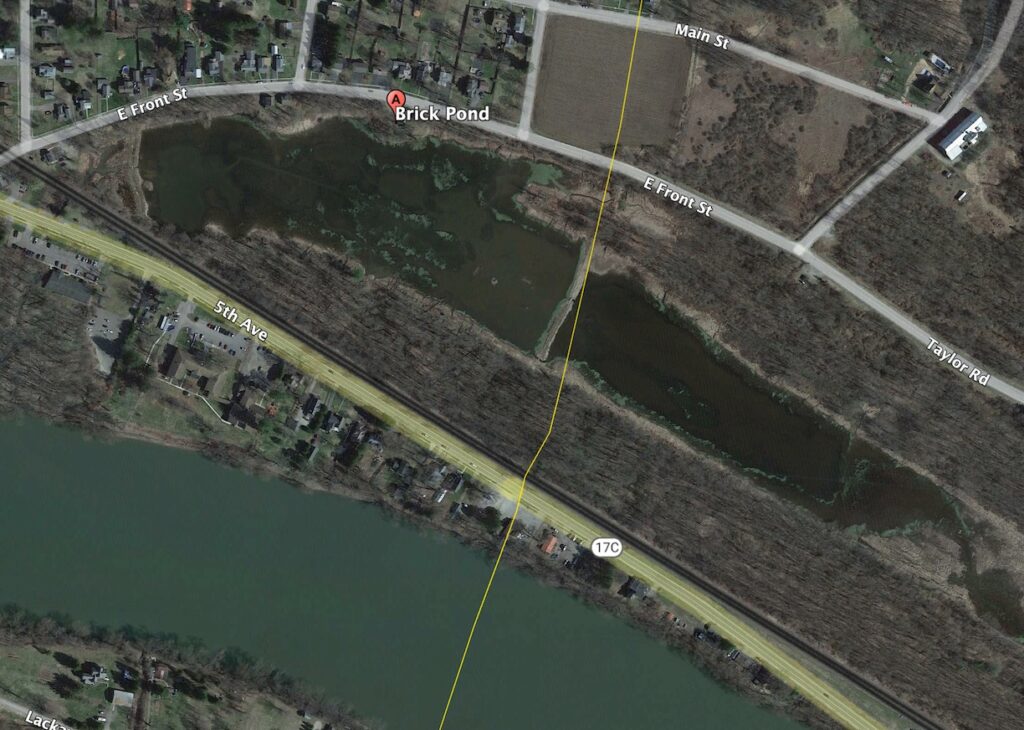
Edward L Rose Land Conservancy Partners with Waterman Conservation Education Center to Protect Susquehanna River
Local Land Trust Partners with Waterman Conservation Education Center to Protect
Susquehanna River
Thanks to a partnership between the Edward L. Rose Land Conservancy, Waterman Conservation
Education Center, and the New York Department of Environmental Conservation, over 53 acres of
riparian buffers have been protected in the Susquehanna River Watershed. This project will help protect
water quality and wildlife habitat in and along the Susquehanna River.
Funded through a Chesapeake Bay Riparian Buffer Grant from New York State Department of
Environmental Conservation, the project protects land at three properties owned by Waterman
Conservation Education Center in Tioga County, New York. The first conservation easement secures land
along the Susquehanna River itself, protecting water quality and bald eagle nesting habitat across from
Hiawatha Island. The second protects the wetland and stream in Owego known as Brick Pond, a favorite
spot for songbirds and waterfowl. The third protects a beautiful little hemlock gorge and headwater
stream that flows into the Susquehanna River.
Riparian buffers are areas of trees, shrubs or grasses growing next to streams, rivers, and wetlands.
Plants growing in the buffer help to protect water quality and stream habitat by reducing the amount of
nitrogen, phosphorous, and sediment entering the Susquehanna River and, eventually, the Chesapeake
Bay.
The Chesapeake Bay is the largest estuary in the United States. It is home to more than 2,700 species of
plants and animals and produces about 500 million pounds of seafood per year. The Bay's watershed
covers portions of six states and Washington, D.C. In New York, the Susquehanna River is a large part of
the northern headwaters of the Bay.
Conservation easements are voluntary legal agreements that permanently limit future development in
order to protect the land’s conservation value. The land remains in private ownership, and on the tax
role. For more information about how you can protect the land you love for future generations, visit the
Edward L. Rose Land Conservancy.
WWW.ELROSE.ORG